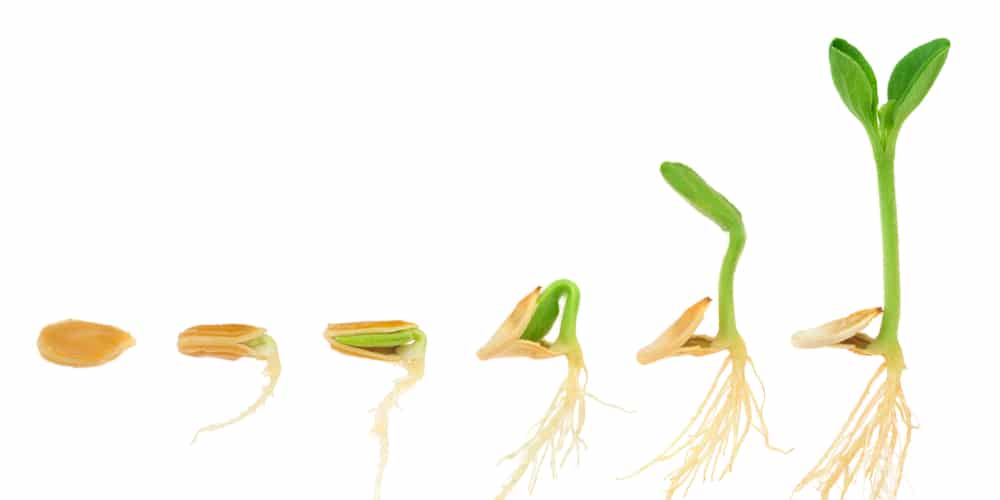Pumpkin planting is an exciting time for both amateur and professional gardeners alike. Whether you’re planning on growing pumpkins for Halloween or to harvest and eat, the key to success lies in understanding when the optimal planting time is in Texas – which can vary depending on the geographical region of your garden. In this guide, we’ll explore what factors to consider when determining the perfect planting time in North Texas and South Texas.
Why is timing important for growing pumpkins?

Timing plays a vital role in ensuring a successful harvest of pumpkins. Pumpkins need warm soil to germinate and establish strong roots, so choosing the right time for planting is essential.
Too early, and the soil may not be warm enough for good germination. Too late, and the plant will need more time to mature before frost. By understanding the factors that affect pumpkin growth in Texas, you can determine the perfect planting window for your garden.
In determining the ideal time to plant pumpkins in Texas, it is crucial to consider the region of Texas you are located in. Generally, northern and central Texas should begin planting between late June and early July. In central Texas pumpkin seeds can be planted in June. The soil temperature should have risen to between 70°F–95°F before planting as the seeds need plenty of warmth and moisture to encourage germination.
In southern Texas, however, planting can begin as early as April or May and go until late July or even August. You should also consider the last frost date in your area before planting pumpkin seeds outdoors. Pumpkins can be affected by frost, so it’s important not to plant them too early.
Northern and central Texas may have a last frost date as early as March, and southern Texas can usually expect to experience its last freeze sometime in December.
Halloween harvest
If you want your pumpkins to be ready to harvest just before Halloween, you’ll need to calculate how many days the seeds will take to germinate, grow and be ready to harvest. The exact number of days can vary depending on the variety of pumpkins but will generally be about 100 days.
Other climate-related factors to consider include soil temperature, moisture levels, and frost dates. Moisture levels should remain consistent during the growing season to ensure healthy pumpkin growth.
How climate affects when to plant pumpkins in North Texas
In North Texas, the ideal time for planting pumpkins is between June and mid-July. This window allows pumpkin plants to take advantage of warm soil temperatures and generally mild weather before frost sets in.
The number of days needed for harvest should also be taken into consideration – larger pumpkins may need up to 100 frost-free days, while small varieties may need as few as 55 days.
When to plant pumpkins in South Texas
In South Texas, the optimal planting time for pumpkins is typically between late April and mid-May, as summer heat encourages faster growth. There is a slightly longer growing season in southern Texas, and gardeners can also plant pumpkins in the summer if they are aiming for a Halloween harvest.
As with North Texas, growers should consider the number of days needed for harvest before making a decision. Knowing the average first frost date in your area can also help determine when to plant – aim to give plants enough time to mature before frost sets in.
Conclusion
When it comes to pumpkin planting, timing is everything! By understanding the climate and environmental factors that affect growth in North Texas and South Texas, you can determine the best time to plant pumpkins in your area. With a bit of research and planning, you’ll be well on your way to a successful harvest of delicious pumpkins.
